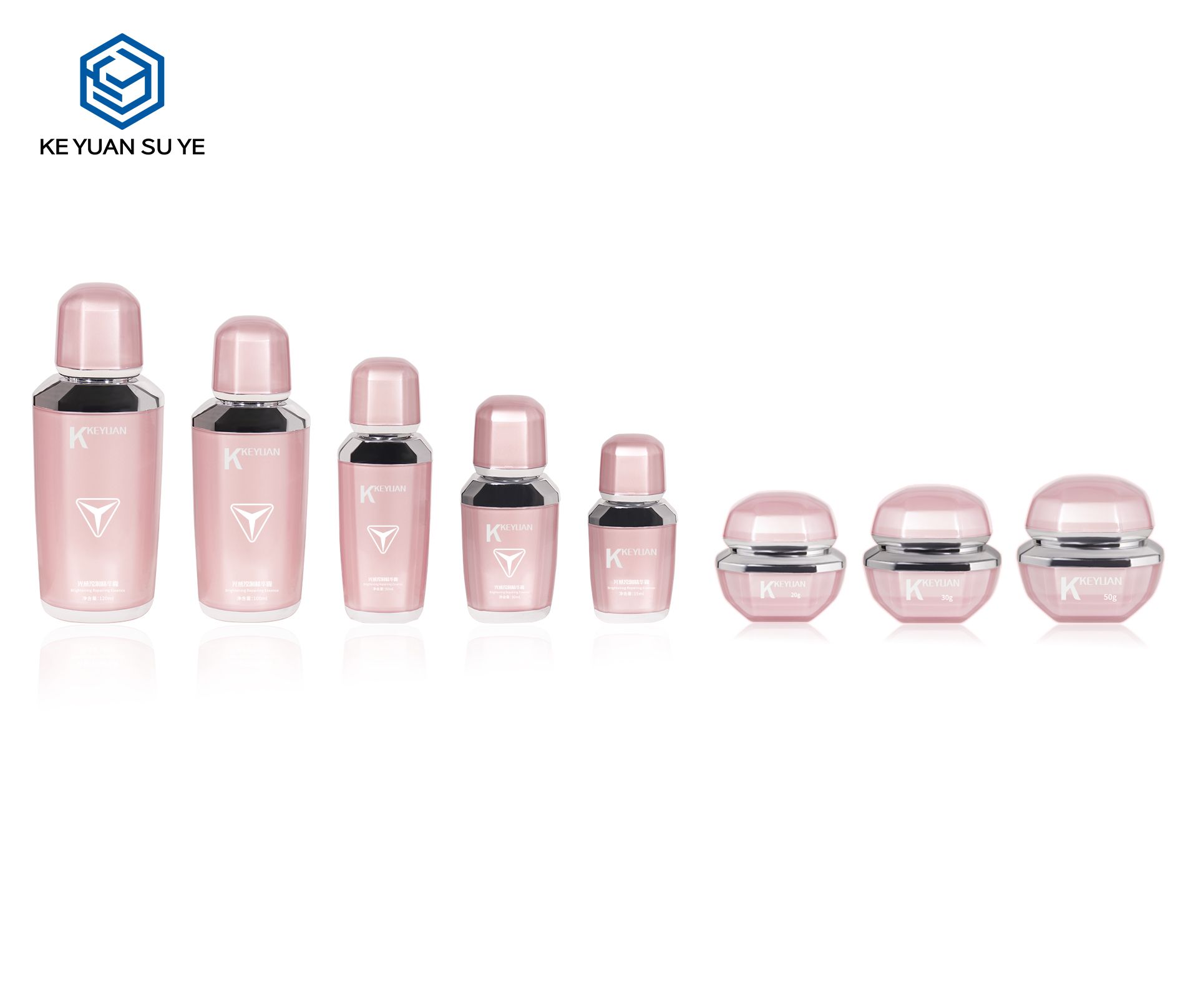Is an acrylic bottle safe?
Material Composition and Safety Standards
Acrylic bottles are made from polymethyl methacrylate (PMMA), a type of thermoplastic that is known for its durability and transparency. One of the primary concerns for end users is whether acrylic is safe for cosmetic and skincare packaging. Most acrylic bottles used in the cosmetics industry are tested for safety and adhere to international standards, such as FDA or EU regulations, ensuring that the material is non-toxic and suitable for containing cosmetic formulations. However, it is important to ensure that the acrylic material used is certified by the appropriate regulatory bodies for safe usage in your region.
Interaction with Cosmetic Formulas
End users often worry about whether the material of the bottle can react with the cosmetic product, leading to contamination or degradation of the product. Acrylic is known for its chemical resistance and generally does not react with most cosmetic formulations, making it a safe choice for a wide variety of products, including creams, lotions, and serums. Unlike some plastics that may leach harmful substances, acrylic maintains the integrity of the product without altering its composition over time. However, it is crucial to perform compatibility testing with your specific product to ensure there is no adverse reaction between the product and the packaging.

Environmental Considerations
In addition to safety concerns for the end user, the environmental impact of custom acrylic bottles is another factor that customers may consider. While acrylic is not biodegradable, it is recyclable in many regions, making it a more eco-friendly option than certain single-use plastics. If sustainability is a priority, end users can look for acrylic bottles that are made from recycled materials or work with manufacturers that offer recycling programs for packaging. This helps reduce the environmental footprint of acrylic packaging while maintaining its safety and durability.
Physical Durability and Breakage
One of the safety advantages of acrylic bottles is their physical durability. Acrylic is much stronger than glass, meaning it is less likely to shatter or break when dropped, making it a safer option for use in bathrooms or other environments where bottles may be handled frequently. This makes acrylic bottles ideal for packaging products that are used daily, such as skincare and cosmetic items. However, while acrylic is more impact-resistant than glass, it is still susceptible to scratches and can become cloudy over time if not properly cared for. Some manufacturers offer scratch-resistant coatings to improve the longevity of the packaging.
Heat Resistance
Heat resistance is another important factor to consider when evaluating the safety of acrylic bottles. Acrylic has a higher heat tolerance than some plastics, but it can still deform or melt at extremely high temperatures. For most cosmetic products, this is not a concern, as they are stored and used in environments that are within safe temperature ranges. However, it is important to avoid exposing acrylic bottles to direct heat sources or storing them in very hot environments, as this could compromise the safety of the packaging and its contents.
Conclusion
Overall, acrylic bottles are a safe and reliable choice for packaging cosmetic products. They offer durability, chemical resistance, and aesthetic appeal while adhering to international safety standards. However, it is essential for manufacturers and end users to ensure that the acrylic bottles they choose meet regulatory requirements and are compatible with the products they contain. By selecting certified acrylic packaging and following proper care guidelines, customers can enjoy the benefits of safe and stylish packaging for their cosmetic products.

Comments
0